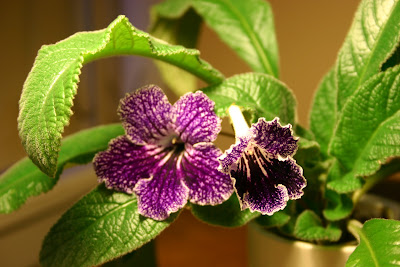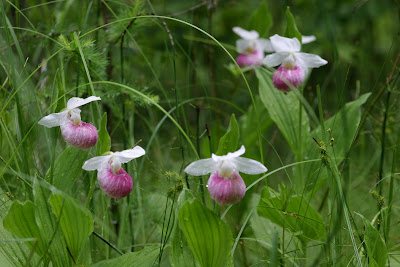Well, we all know that philosophical conundrum. What’s your answer? Do you think it makes a sound or not? I’m one of those practical people who think - of course it makes a sound. Even if no one’s there to hear it, the laws of physics guarantee that some kind of noise is made. I bet if you put a microphone next to the tree it would record the sound… don’t get me started.
I’m willing to be persuaded though - if your argument is good enough. I’ve just read an article on photosynthesis that looks at the process on the quantum level. In the early 20th Century
...a bunch of brainiacs, including Max Planck, Niels Bohr and Werner Heisenberg, discovered that until particles like photons or electrons are observed, they’re nothing but probabilities. In other words, unless they are observed, they don’t really exist as solid physical entities…. When you turn out the lights in the living room and go to bed, the living room ceases to exist as a physical reality. It becomes nothing more than a subatomic soup of probabilities. [Jeff Cox, Horticulture, Sept/Oct 2011]
So does that mean when I turn the light out at night the mess in the living room ceases to exist too? Yipee, no more cleaning the living-room for me! If anyone complains I’ll tell them to wait until it gets dark, and then it will cease to exist!
So do I have any greater understanding of photosynthesis now than before? Not really. I had a hard time with the chemistry of the process. But I’ll give it a go. The plant takes up water through its roots. It also takes up Carbon Dioxide through the leaves. There is a cell within the plant that’s called the chloroplast. It’s like a cook pot. The chloroplast contains a magic ingredient called chlorophyll. When heat is applied (i.e. the sun shines) the magic ingredient combines the carbon dioxide and the water and comes up with oxygen and sugar. The sugar is used to grow the plant, the oxygen thrown off so we can all breath. That’s very much a simplification, because different chemical reactions occur in the dark (i.e. just because the sun’s not shining doesn’t mean the plant’s asleep) and it’s really a miracle when you think about it.
As for the physics … well, I found the chemistry hard enough. I couldn’t make head nor tail of the physics. Something to do with how plant molecules, in the process of photosynthesizing, can do quantum computing (which even our computers can’t do) and have done so since the dawn of … well plants. Who’d have thought?
But what has that to do with the garden, you might ask. I can just hear David… get on with it, and stop philosophizing. Stay tuned for Part 2.
 |
| For The Mick - some Streptocarpus that are blooming right now. This one is Morozy Vzory-Frost. Streptocarpus have no scent, but the flowers actually get bigger, and last longer than a day. |
















